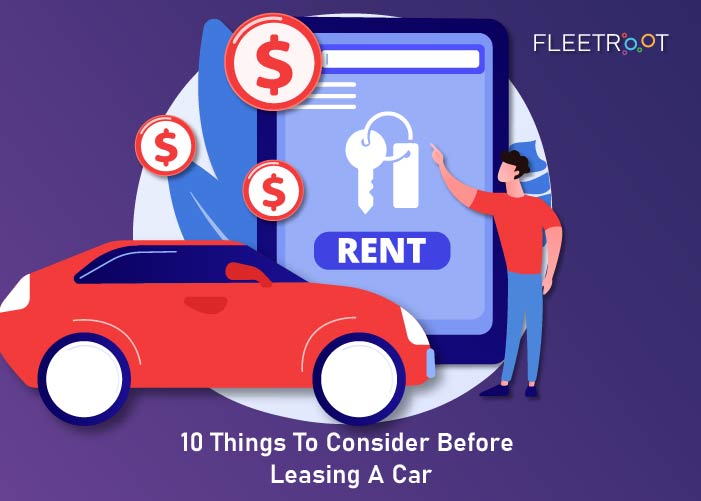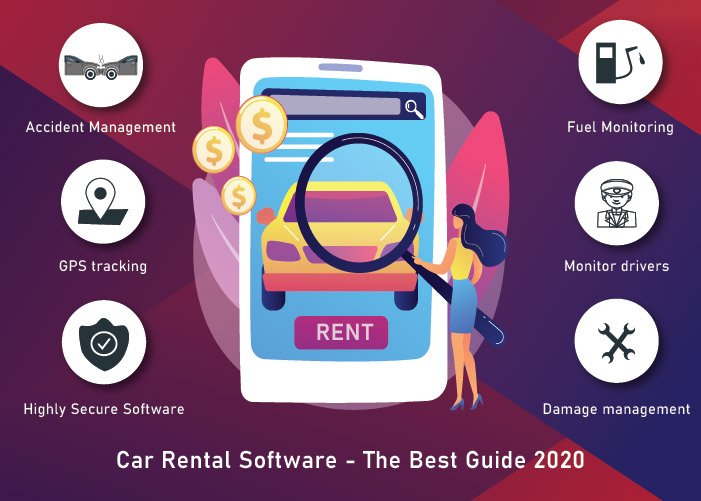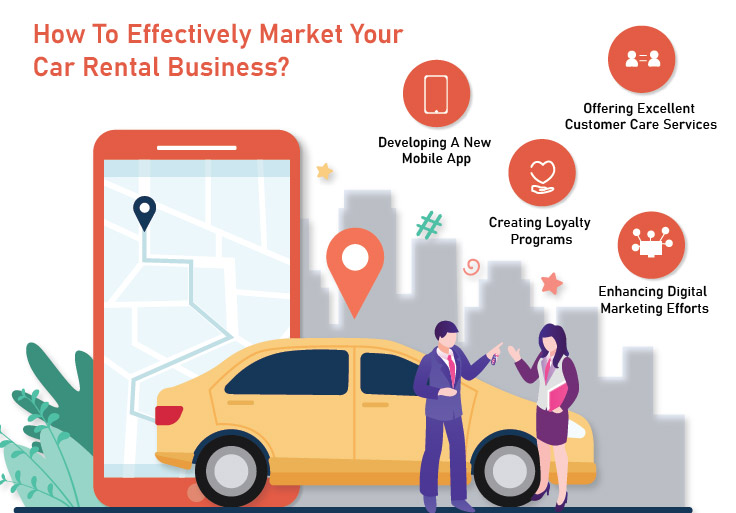Leasing a car seems to be a fairly exciting offer. It allows you to drive a new car every few months without any hassles of responsibility. All this without the big monthly payments makes it a popular option among the Gen-next.
However, it is not as easy as it sounds. There are few elements that you can miss while finalizing your agreement and this will turn leasing into a scary experience, ultimately impacting your credit score.
Here are a few things that you should remember before leasing any vehicle
1. Consider if you prefer buying to leasing
Most millennials tend to assume leasing a car and car loan are similar. While they do share similarities, there are key differences you shouldn’t overlook.
Buying or leasing depends on your personal preferences as well as the need of the hour. Buying means once you finish making your monthly payments, you’ll own the car. It’ll be your asset.
With leasing you are not building up equity and when the time lapses, you’ll have to make new payments for a second lease.
Vehicle leasing is not as simple as making some payments and driving the car stress free. It is a better option if you are financially not very sound. It also allows you to get a new car every two to three years.
The low monthly payments are enticing, but leasing can turn out to be an expensive affair in the long run.
Whether it’s a purchase or a lease that you ultimately decide to go ahead with, understand the pros and cons of the deal.
2. Decide which car model works for you
Analyze your needs and look at what car can resolve your issues. Do you need a comfortable or luxurious car or do you need a vehicle that can accommodate your large family?
Apart from the number of passengers, it is also beneficial that you analyze the need behind investing in the car. Is it going to be used for short-distance trips or you want to have a car that has great gas mileage?
These primary questions can help you narrow down your options and then you can select from the best available alternative.
3. Check your credit score
Car leases are typically reserved for people with better credit scores. Any firm leasing a car to you would want to be sure if you are financially trustworthy before striking the deal
Leasing is not difficult if you don’t have the perfect credit scores. However, it will be a hard bargain.
4. Negotiate the cap prize. Bargain is the keyword.
The price of the fleet that you will lease is called the capitalized cost, or cap cost, for your benefit you want it to be as low as possible.
Most lessees assume that since he’s not purchasing the car, he doesn’t have anything to do with the base price set by the manufacturer. Bargaining here will help you in reducing the overall amount of your monthly installments.
Most people who lease are unaware that their monthly payments will be based on the final agreed-upon price. Cheaper vehicles will usually have lower monthly payments compared to expensive ones.
Tell the dealer you’re open to a fair deal, but since you’re leasing, you are certainly not in for paying the full price.
5. How many miles does the lease include
It’s common for leasing contracts to have annual mileage limits of 10,000 to 15,000 miles. If you exceed these limits, you will have to pay extra charges per over-the-limit mile at the end of the lease.
Before signing on the dotted line, it is wise to know your driving habits and consider if the deal will allow for enough miles.
If you know you’ll probably drive more miles than the agreement allows, you could ask for a higher mileage limit, but that will probably increase your monthly payment.
Try to calculate the average driving distance per month and multiply it by 12 to know if you will go over the lease miles per year according to the contract.
6. Have an estimate of the residual value of the vehicle
A vehicle residual value is the car’s value at the end of the lease. The higher this price is relative to the capitalized cost, the more favorable it is to lease a car.
Cars with a higher residual value will amount to fewer depreciation costs. This ultimately means the lease won’t weigh heavy on your pockets.
Research, ask the experts and compare the values of different brands, cars before sealing the deal.
7. Don’t forget the Money Factor
This is usually what people refer to as the interest rate in the leasing business. To convert the money factor back into an interest rate, multiply it by 2,400.
Just as with a traditional interest rate, the lower the number the better. Those with a good credit score should try to reduce or even eliminate the money factor.
8. Consider the cost of depreciation
Depreciation is the difference between the value of the car when it’s with the dealer and its residual value at the end of the lease. In the lease contract, the lessee has to bear the charges of depreciation.
Be mindful of this while choosing the vehicle. You should look up lease ratings to see which cars retain their value better and will, therefore, be worth the amount that you put in.
9. Have a gap insurance
Most lease contracts have a provision for Guaranteed Asset Protection or gap insurance. The “gap” just like its name suggests fills the space left vacant in traditional automobile insurance.
Gap refers to the difference in what you still owe on your lease and the value of the car. It protects the lessee if the car is totaled by paying the remaining difference between the actual cash value of the vehicle and the balance that is remaining.
Before you sign a car lease, ask whether the contract will include gap insurance coverage.
10. Choose the lease vendor wisely, be mindful of unforeseen expenses
If you haven’t leased before, a car-lease agreement can be full of an unfamiliar language. You must know all the details before signing the deal.
First, identify if the deal will closed-end or open-end lease. A closed-end lease means you typically don’t pay anymore after you return your vehicle — unless under exceptional circumstances.
Also, have an agreement on what happens when lease is up. Unless you have the rules already in place, settling the account will be a task. Read carefully what the end-of-lease expenses include.
It is essential to remember that the car lease doesn’t imply that you are not liable for the maintenance of the vehicle. If your car has damage that goes beyond “normal wear and tear”, you could be charged additionally when it’s time to return it to the dealer.
The definition of normal use can vary from dealer to dealer. Hence, ask your dealer what is already included in the up-front amount that you will pay. Ask till when is warranty in place and what all does it cover.
It is also wise to discuss the terms of premature termination. Usually terminating a lease before it’s up can be extremely costly.
You can also check if the lease is transferable. Read all the fine print before taking the plunge.
Conclusion:
As you look to invest in automobiles, look if leasing is made for you. While you won’t own the car at the end, you are still responsible for excessive damage to the fleet.
Modern lease companies also come with in-built car rental management software. These provide real-time data on parameters like fuel, mileage, and maintenance.
It will also automate the lease process once the initial contract is nearing its termination. With maintenance and billing both taken care of, the lessee and the lessor are left with very little to be concerned about.
Now that you know all the essentials for the leasing process, all you need to do is find the car that’s right for you and fits your budget.
Do you have some additional tips that you think can ease the leasing process?




